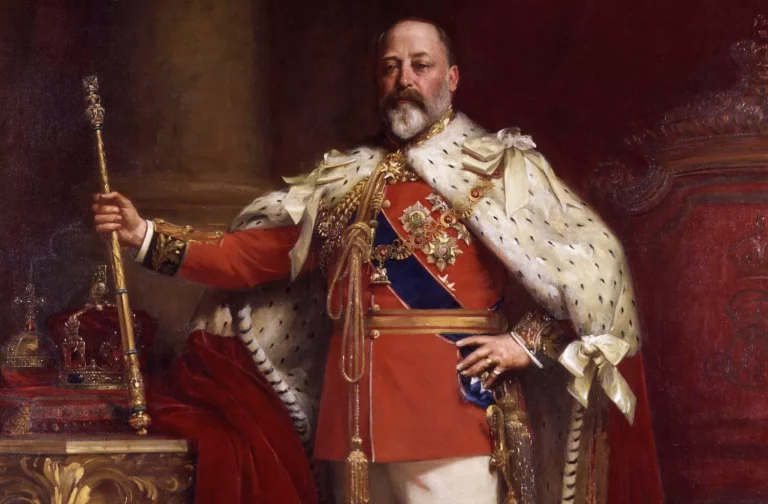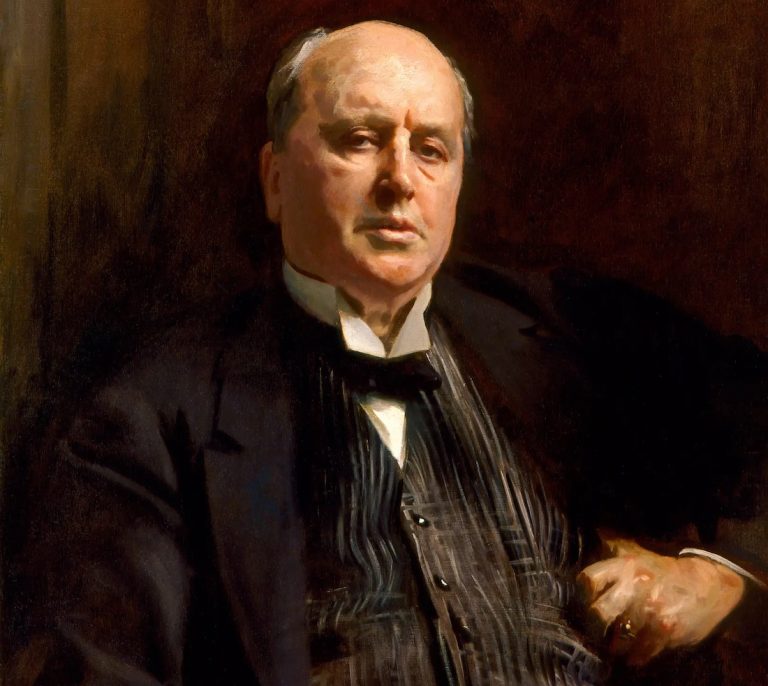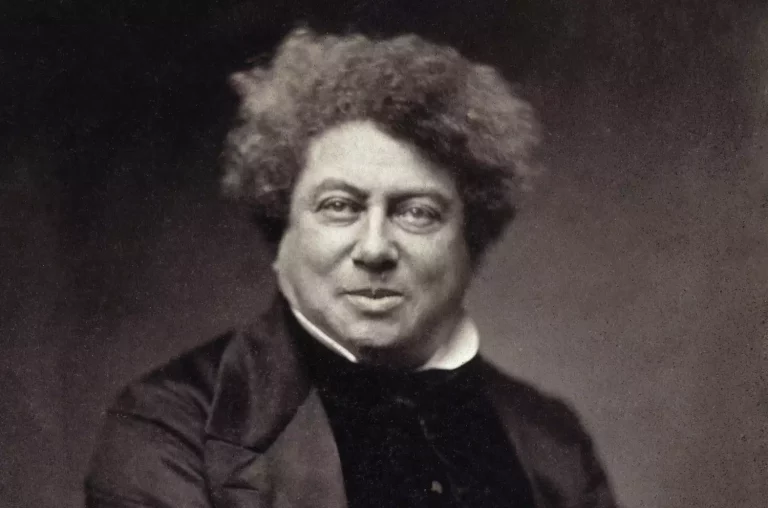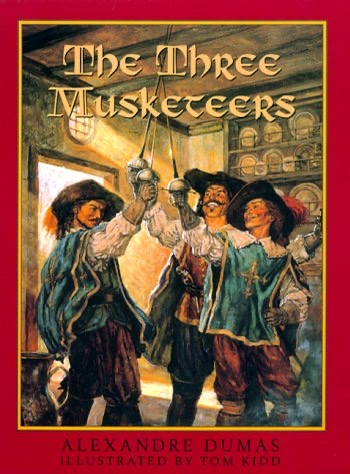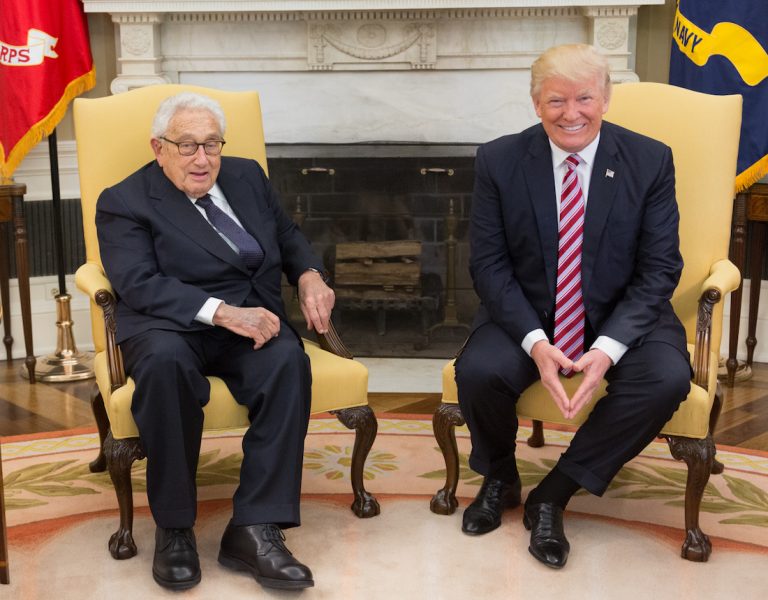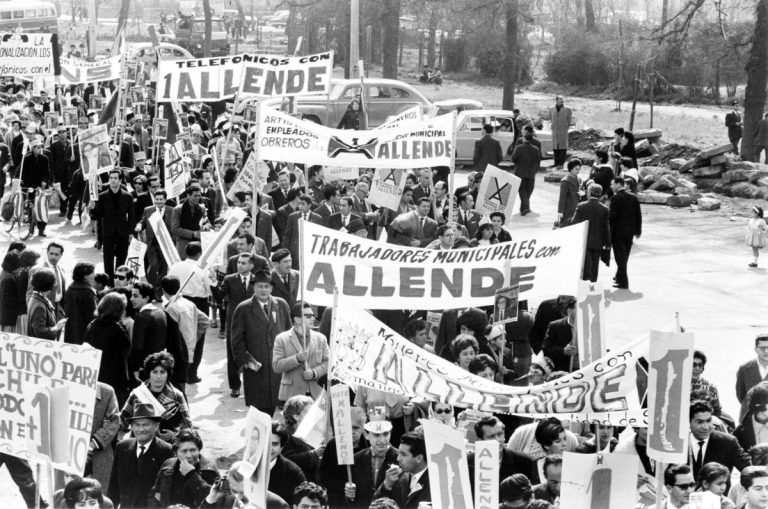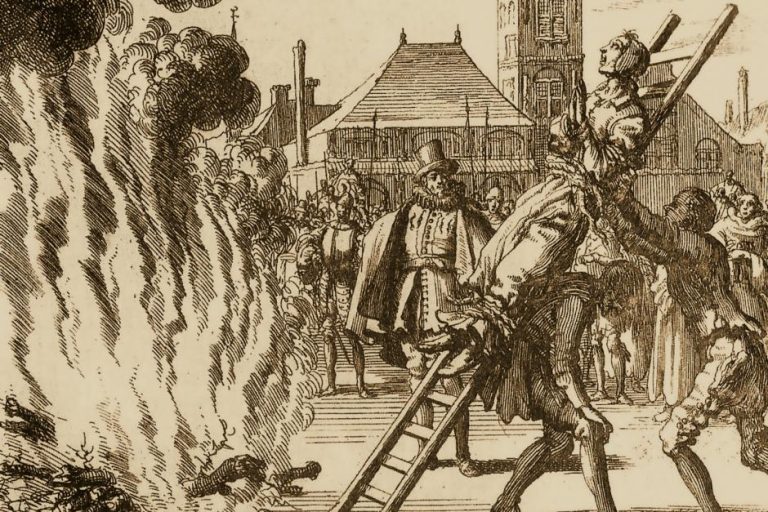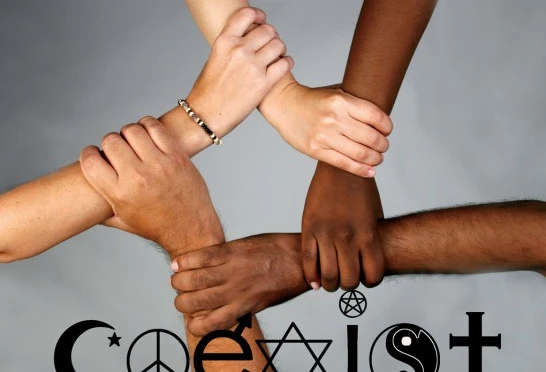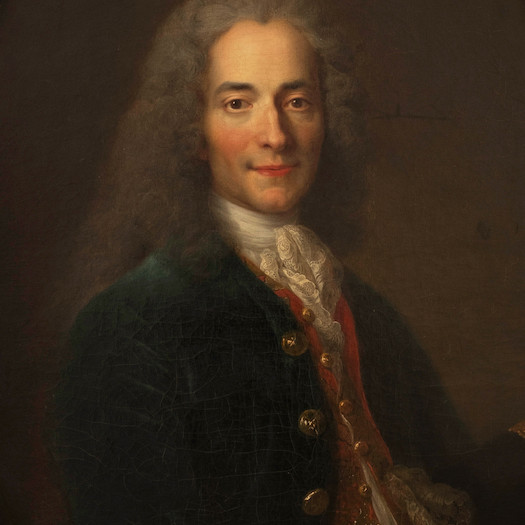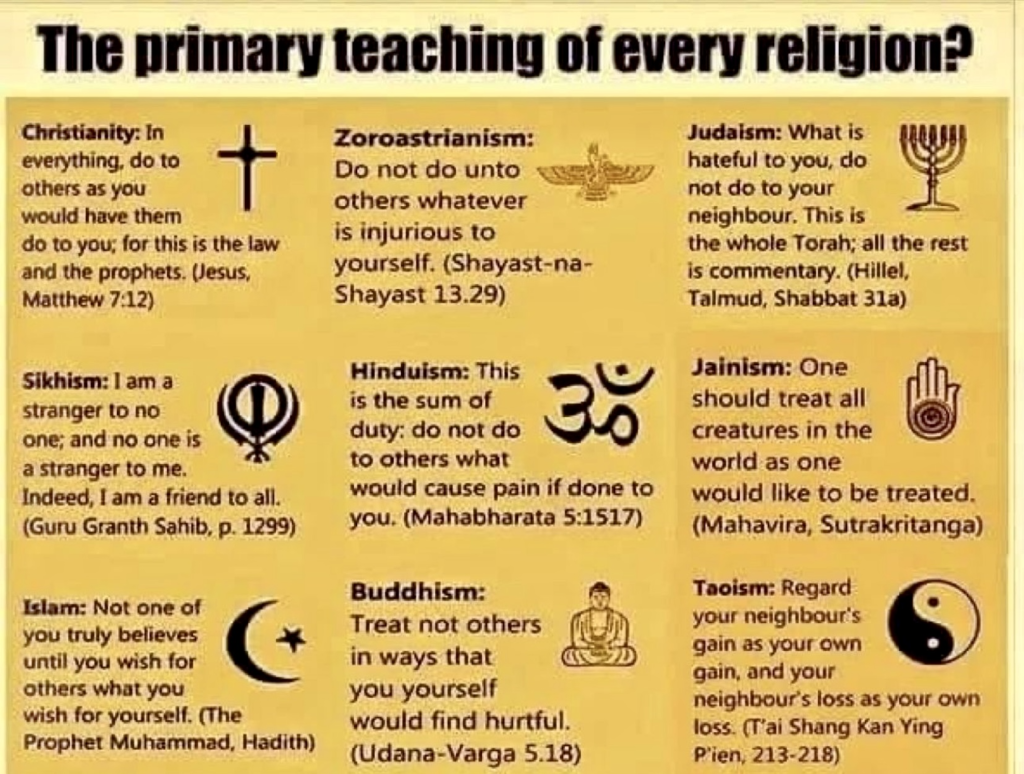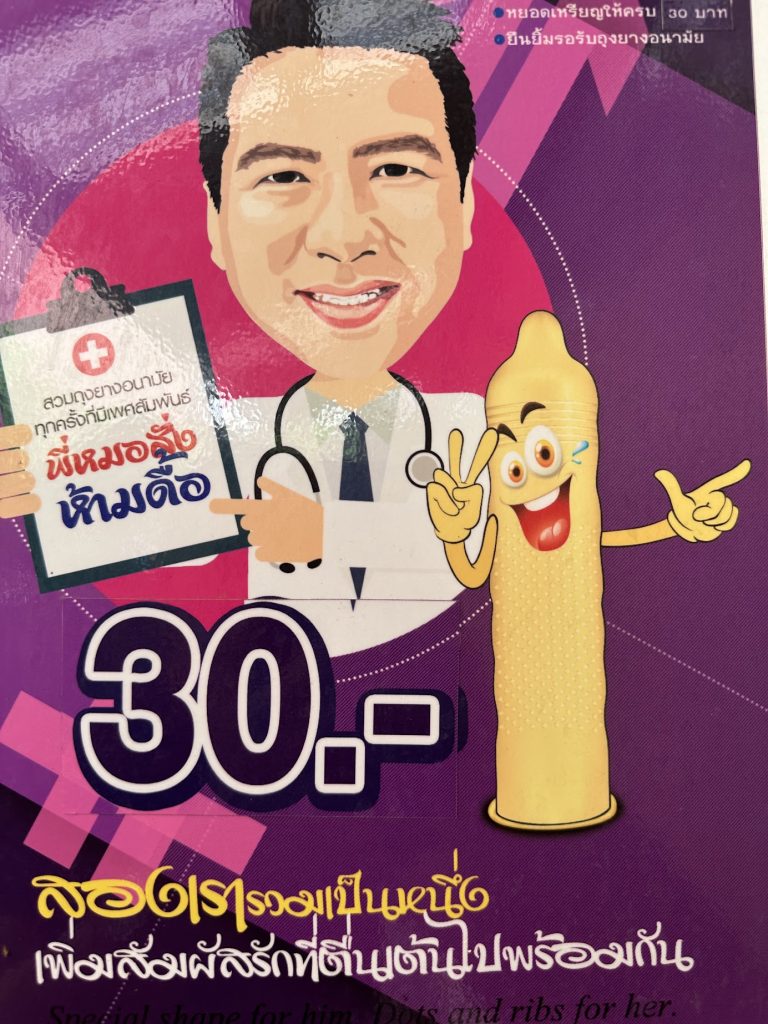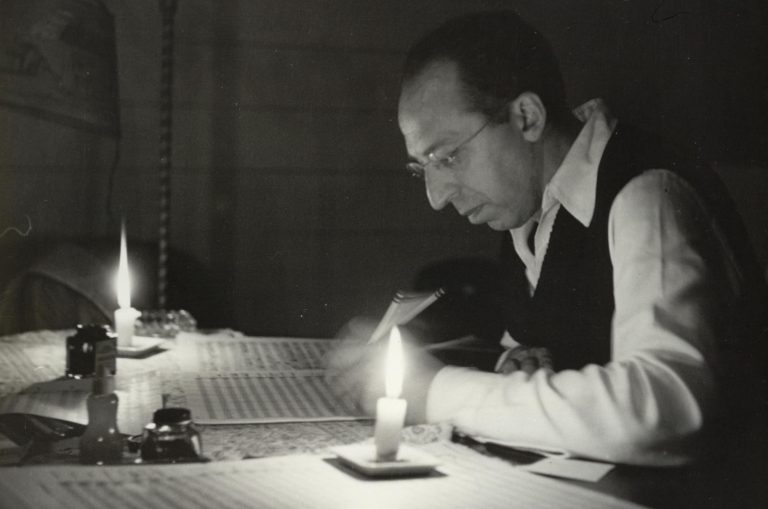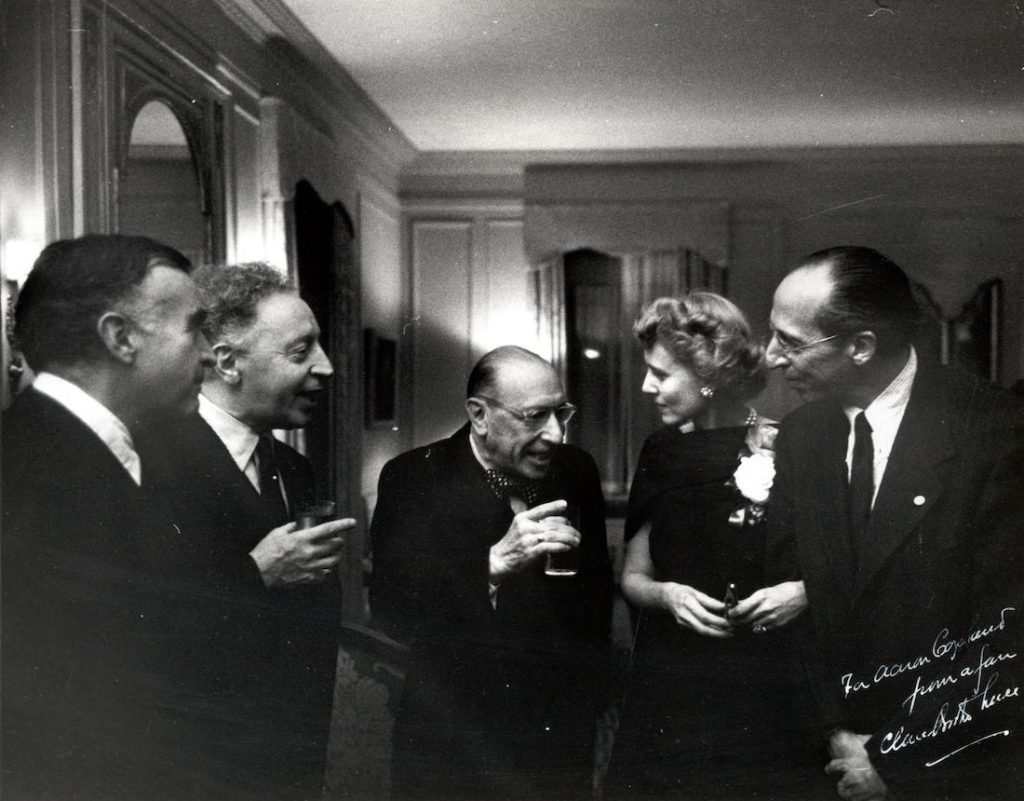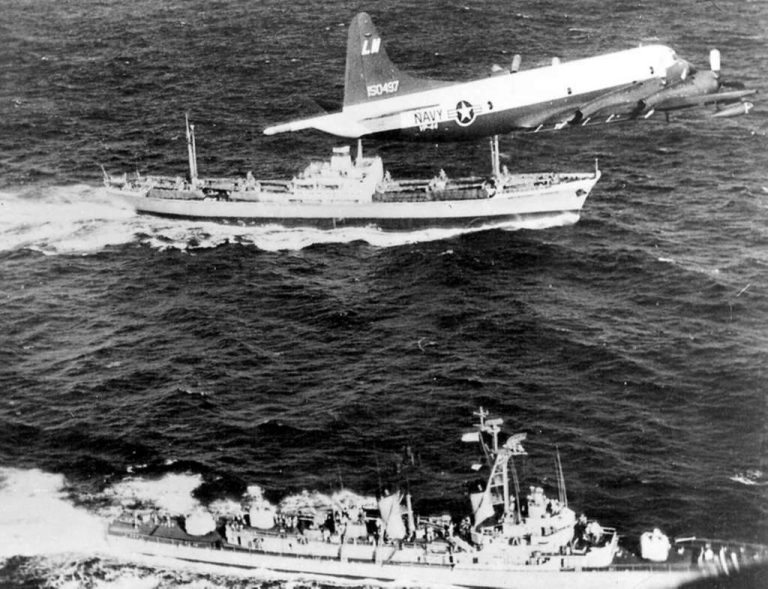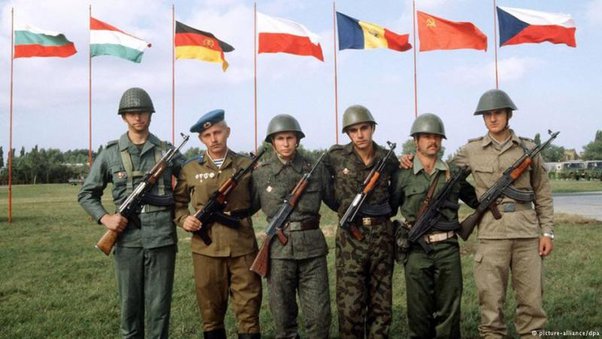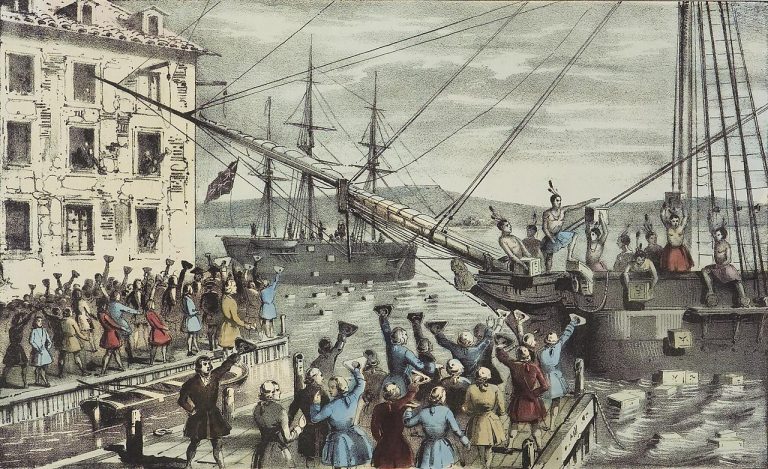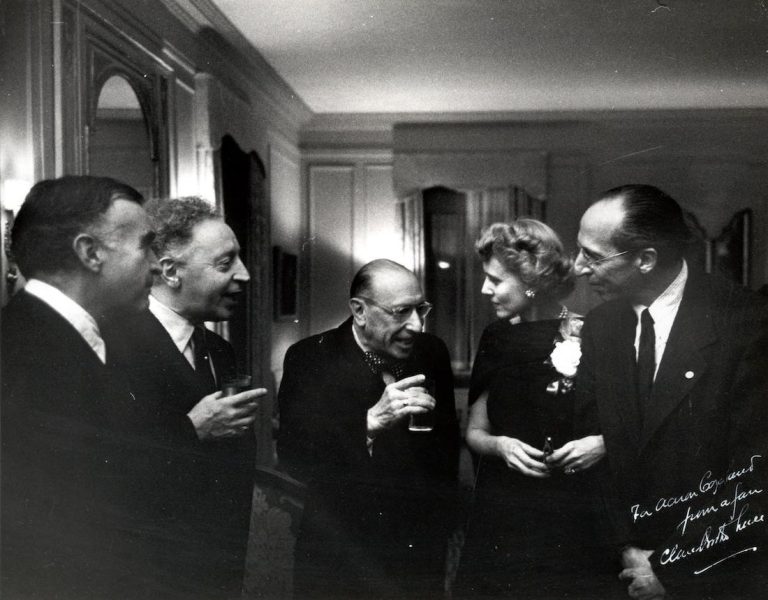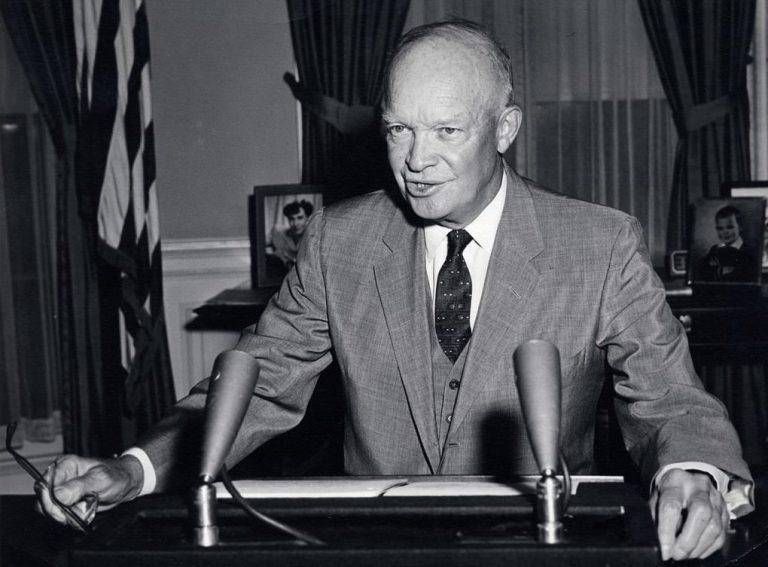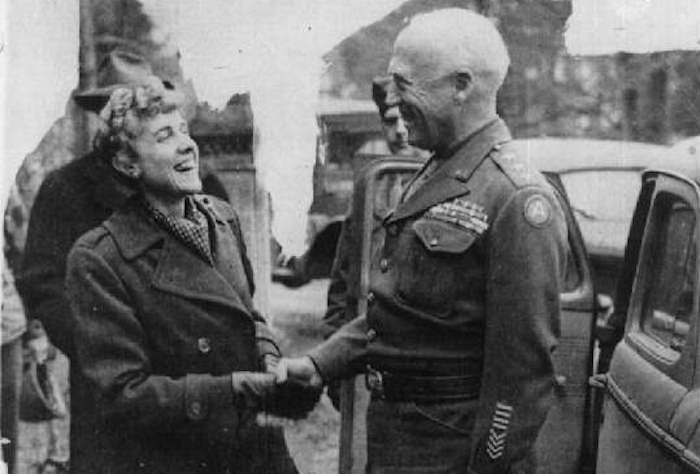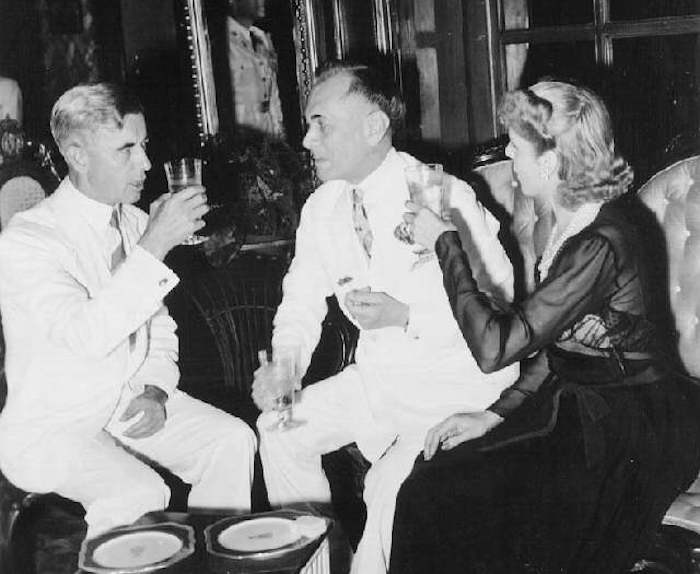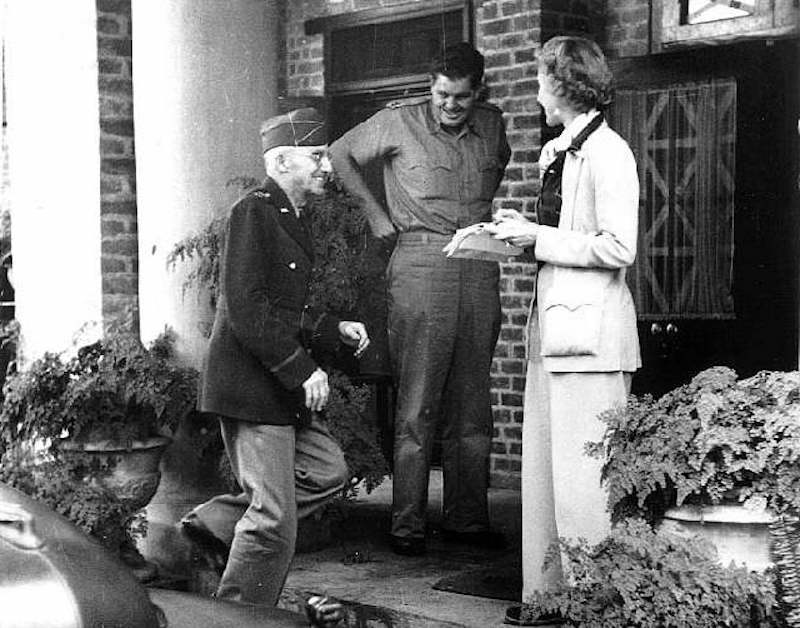Jim Luce brings both scholarly depth and personal insight to his exploration of Russia, informed by his academic studies of Russia and the Baltic Republics and enriched by formative experiences in Moscow. His perspective was shaped early by his father’s expertise in French and Russian languages and particular fondness for Leningrad (Saint Petersburg), fostering in Luce a deep appreciation for Russian culture’s profound contributions to world civilization. His writings navigate the complexities of Russian history with nuanced balance—recognizing the Red Army’s pivotal role in defeating Nazi Germany while critically examining Stalin’s impact on socialist ideals, and distinguishing between Putin’s authoritarian governance and the character of the Russian people themselves. From cultural examinations of the Moscow Circus to contemporary geopolitical analysis, Luce’s work reflects his sophisticated understanding of a nation whose evolving influence continues to shape global affairs.

- Baltic States Face Modern Existential Threat From Russia (June 24, 2025)
- Exploring Art, Tradition, and Ethical Dilemmas of Moscow Circus (July 18, 2016)
- Life in Siberia’s Penal Colonies: The Harsh Reality for Youth (Aug. 14, 2025)
- Mikhail Gorbachev Legacy: Reformer and Advocate for Peace (Aug. 1, 2024)
- Trump’s Ukraine Peace Promise Faces Putin’s Strategic Reality (July 30, 2025)
- U.N.: Guterres Puts Israel, Russia On Notice for Sexual Abuse (Aug. 13, 2025)
- Ukraine Strikes Back: A Bold Move Against Russian Invincibility (Aug. 20, 2024)
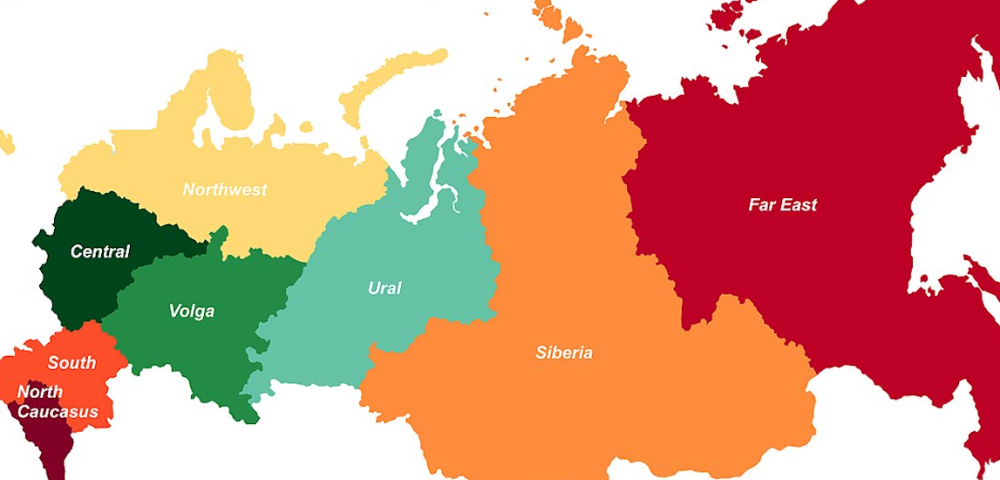
Follow Jim Luce on Facebook, Instagram, LinkedIn, TikTok, and X (Twitter).
© 2024 The Stewardship Report on Connecting Goodness – Towards Global Citizenship is published by The James Jay Dudley Luce Foundation Supporting & Educating Young Global Leaders is affiliated with Orphans International Worldwide, Raising Global Citizens. If supporting youth is important to you, subscribe to J. Luce Foundation updates here.
ABOUT Addiction Advice Africa Africa – South Africa – West Americas & Caribbean Analysis Animals & Animal Rights Anthropology Architecture Asia – East Asia-Pacific Asia – South Asia – Southeast Authoritarianism Available Content Calendar Canada Celebrity Children Childrens' Literature China (PRC) Cities & Urban Development Corporations Cuisine & Culinary Arts CULTURE Dance Disaster & Development Economics Education Europe Events EXPRESSION Extremism Eyewitness Faith, Religion & Theology Family & Relationships Fashion Film & TV Global Warming Goodness Gun Control Health & Hygiene Heros of Democracy History Human Rights Humor Immigration & Migration In Depth International Relations Jim Luce Writes Law & Judicial System Leadership Liberation Movements Media Mental Health Mideast Monthly Feature Museums & Galleries Music Nature News Obituary Older Adults Open Orphans International Outer Space Pacific Islands Peace & Conflict Resolution Philanthropy Philosophy Photography Poetry & Fiction Politics Pop Culture Poverty Press Pulse Profiles Racisim & Black Lives Matter Review Royalty Science & Technology Service Organizations Sexuality & Gender Social Media Sports & Olympics The Arts Theater & Comedy Travel U.N. U.S. Video Viewpoint War, Conflict & Terrorism Women WORLD World War II World War III Youth

